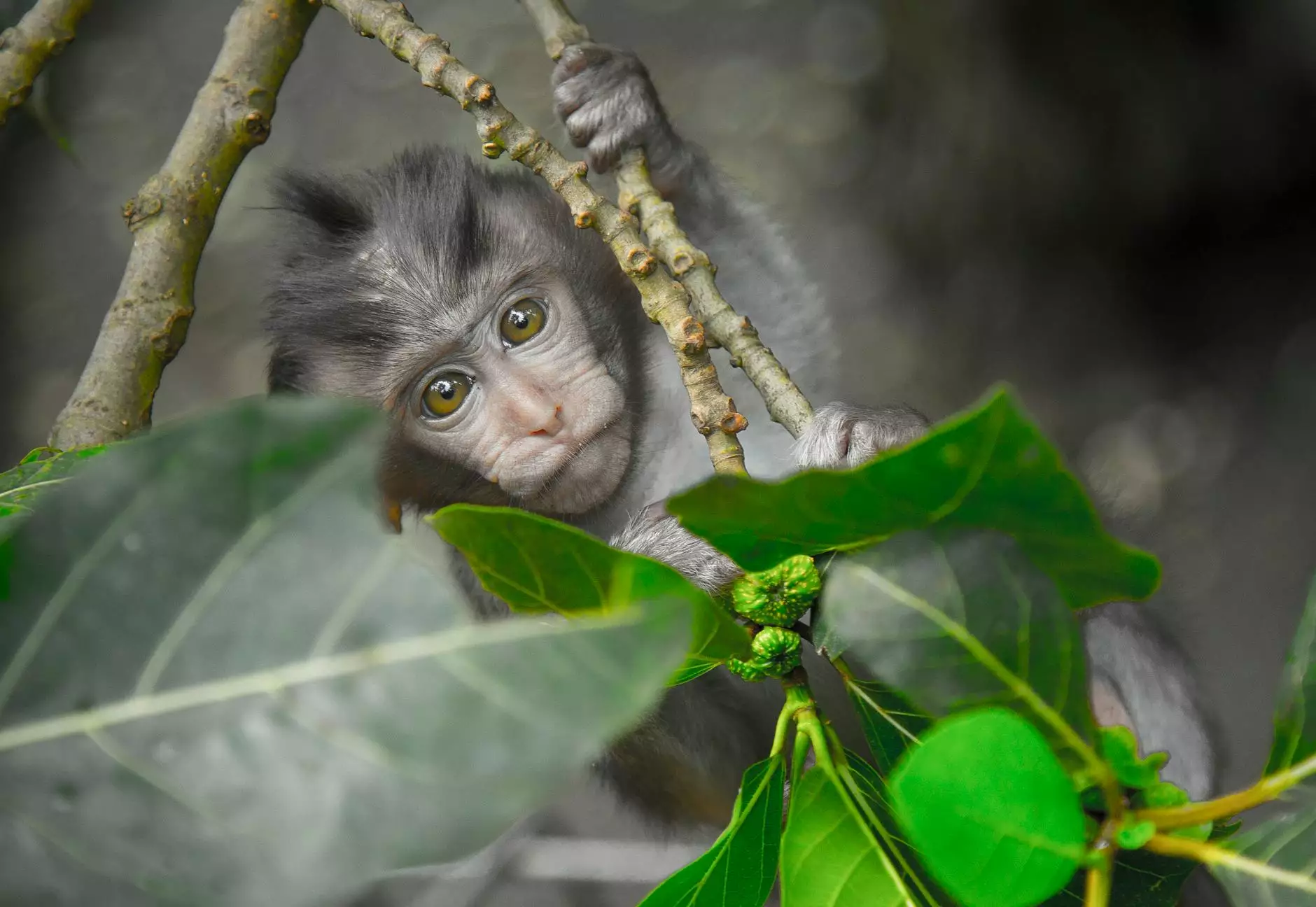Life Cycle of a Butterfly Lesson for Kids

Introduction
Welcome to The Knowledge Nest, where we strive to provide engaging and educational content for children. In this lesson, we will explore the captivating life cycle of a butterfly, taking you through each stage from egg to adult. Prepare to be amazed as we uncover the wonders of nature's transformation.
Stage 1: Egg
The life cycle of a butterfly begins with a small, delicate egg. Female butterflies carefully select the host plant on which to lay their eggs, ensuring the availability of food for the upcoming caterpillars. These eggs are often tiny and can be found attached to leaves, stems, or other surfaces. Despite their size, they hold the potential for incredible growth and beauty.
Stage 2: Caterpillar
Once the egg hatches, a hungry caterpillar emerges. This caterpillar, also known as a larva, has a voracious appetite and spends the majority of its time feeding on leaves and plant parts. As it eats, the caterpillar grows rapidly, shedding its skin several times to accommodate its increasing size. These little creatures are remarkable in their ability to consume vast amounts of food and transform it into body mass in preparation for the next stage of their journey.
Stage 3: Chrysalis
After the caterpillar has reached its full size, it enters the transformative stage known as the chrysalis. This is a time of miraculous change, where the caterpillar undergoes a process called metamorphosis. Inside the chrysalis, the caterpillar's body breaks down and reorganizes into the adult butterfly. It is truly a spectacle of nature as the once squirming caterpillar transforms into a magnificent flying creature, patiently awaiting its emergence.
Stage 4: Adult Butterfly
The moment of emergence has arrived! The adult butterfly gracefully emerges from the chrysalis, ready to explore the world with its newly formed wings. Initially, the wings are soft and fragile, but they quickly harden and become fully functional. The adult butterfly's main focus becomes finding a mate and continuing the life cycle. It plays a vital role in pollination, ensuring the reproduction of many plant species. It is a magnificent sight to behold as these fragile creatures dance through the air.
The Importance of Butterflies
Butterflies are not only beautiful and awe-inspiring; they also play a crucial role in our ecosystems. As they flit from flower to flower in search of nectar, they inadvertently transfer pollen, aiding in plant reproduction. Without butterflies, many plants would struggle to reproduce, leading to a decline in biodiversity. Additionally, butterflies act as indicators of environmental health, as their presence or absence can provide insights into the state of ecosystems.
Further Learning
If you are interested in delving deeper into the world of butterflies, The Knowledge Nest offers a range of resources and activities for kids. From interactive quizzes to art projects, there are endless opportunities to explore and learn about these fascinating creatures. Join us on a journey of discovery!
Conclusion
In conclusion, the life cycle of a butterfly is a captivating process that showcases the beauty and wonders of nature. From the tiny egg to the graceful adult butterfly, each stage offers unique insights into the complexities of life. The Knowledge Nest is dedicated to providing engaging and educational content for kids, and we hope that this lesson has sparked a sense of wonder and curiosity within you. Join us on our mission to explore the marvels of the natural world and nurture a love for learning.









